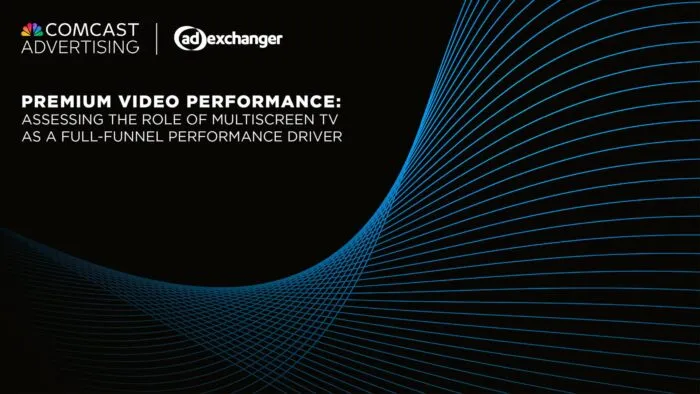In today’s media landscape, the shift towards streaming has been a hot topic, with many advertisers recognizing its potential to reach diverse audiences across a myriad of new platforms. However, amidst the excitement surrounding new technologies, it’s important to understand the broader picture and the continued significance of traditional TV.
Over the past couple of years, the industry has observed a shift in share of reach from traditional TV to streaming. While that shift may be occurring at a marginal rate, it’s becoming increasingly imperative that advertisers use a multiscreen TV approach to reach audiences wherever they are watching.
In the second half of 2021, over 80% of reach share was delivered by traditional TV. Today, in just two years’ time, that reach share is now closer to 70%. And while traditional TV is still the driver of reach share, the unique reach from streaming continues to grow – with unique streaming reach jumping from 9% in 2021 to 16% in 2023.1
Traditional TV’s Enduring Influence
Contrary to the myth that streaming has completely overtaken traditional TV, recent data reveals that traditional TV remains prominent in present-day viewership trends, with households spending, on average, over 6 hours per day watching traditional TV.2 Moreover, the majority of campaign reach share is derived from traditional TV, with nearly three-quarters of audiences being reached this way.3
Understanding Incremental Reach
Incremental reach is a metric measuring the additional audiences reached beyond the initial target. Over the past three years, streaming has emerged as a significant contributor to incremental reach. Comcast Advertising campaign data shows a steady increase in households exclusively reached through streaming. With 58% of all streaming household reach unique to streaming only, more than half would have been missed entirely if the campaign only included traditional TV.3 In the last couple of years, this number has increased by over 14%.1
Though this growth emphasizes the value that streaming continues to provide, we still find that reach maximizes for multiscreen campaigns when 20-30% of investment is allocated to streaming and the remainder to traditional TV.3
Looking Ahead and Embracing Multiscreen Strategies
As the video ecosystem continues to expand, it’s vital for advertisers to optimize their media mix. The power of streaming’s incremental reach is undeniable but traditional TV remains the foundation for multiscreen TV campaigns. By allocating investments strategically across streaming and traditional TV, advertisers can harness the full potential of both mediums, maximize campaign reach, and navigate the evolving media landscape with confidence.
For more insights on TV viewership behavior, download the latest TV Viewership Report.
Sources:
1. Comcast Aggregated Viewership Data combined with Ad Exposure Data from TV + streaming campaigns (2H ’23, 1H ’23, 2H ’22, 1H ’22, and 2H ’21).
2. Comcast Aggregated Viewership Data (2H ’23).
3. Comcast Aggregated Viewership Data combined with Ad Exposure Data from TV+ streaming campaigns (2H ’23).





